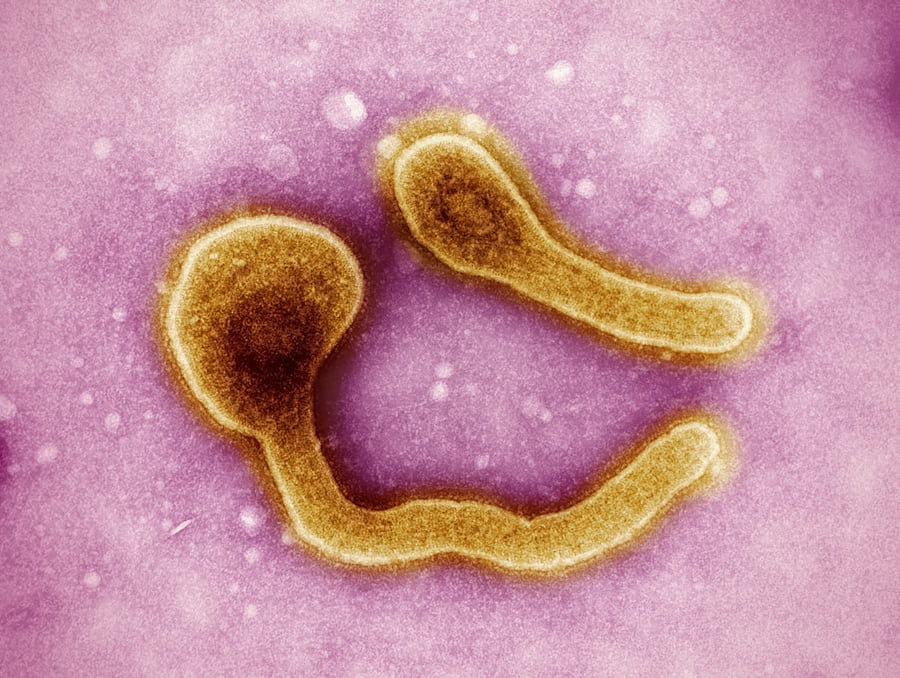Syphilis: A Comprehensive Overview
Syphilis is a sexually transmitted infection (STI) caused by the bacterium Treponema pallidum. If left untreated, it can lead to serious and long-term health complications. The infection progresses through distinct stages, each with its own set of signs and symptoms.
Stages and Symptoms
The progression of syphilis is typically divided into four stages:
1. Primary Syphilis:
Timeline: Symptoms usually appear 10 to 90 days (average 21 days) after exposure.
Symptoms: The hallmark of primary syphilis is the appearance of a single, firm, round, and painless sore called a chancre. This chancre develops at the site of infection, which can include the genitals, anus, rectum, lips, or mouth. Swollen lymph nodes in the area of the chancre may also occur. The chancre typically heals on its own within 3 to 6 weeks, regardless of treatment. However, without treatment, the infection progresses to the next stage.
2. Secondary Syphilis:
Timeline: This stage can begin as the primary chancre is healing or several weeks after it has disappeared.
Symptoms: Secondary syphilis is characterized by a non-itchy rash that can appear on one or more areas of the body. The rash can vary in appearance, from faint to rough, red, or reddish-brown spots, and is often noticeable on the palms of the hands and soles of the feet. Other symptoms may include:
Fever
Swollen lymph glands
Sore throat
Patchy hair loss
Headaches
Weight loss
Muscle aches
Fatigue
Wart-like sores in the mouth or around the genital area. Like primary syphilis, the symptoms of secondary syphilis will resolve without treatment, but the infection will move to the latent stage.
3. Latent Syphilis:
Timeline: This stage begins when primary and secondary symptoms disappear. It can last for years.
Symptoms: During the latent stage, there are no visible signs or symptoms of syphilis. The bacteria remain in the body, and while the person may not be infectious to others through sexual contact after a certain period, the disease can still cause harm internally.
4. Tertiary Syphilis:
Timeline: This is the most severe stage and can develop 10 to 30 years after the initial infection in a subset of untreated individuals.
Symptoms: Tertiary syphilis can damage various organ systems, leading to serious and potentially life-threatening conditions, including:
Neurological problems (Neurosyphilis): This can manifest as stroke, meningitis, dementia, loss of coordination, numbness, and blindness.
Cardiovascular problems: Inflammation and damage to the aorta (the main artery in the body) and heart valves can occur.
Gummas: Soft, tumor-like growths can develop on the skin, bones, and internal organs.
Congenital Syphilis: A pregnant person with syphilis can pass the infection to their unborn child. This can result in miscarriage, stillbirth, premature birth, low birth weight, or death shortly after birth. Infected infants can have developmental problems, seizures, and other serious health issues.
Transmission
Syphilis is primarily transmitted through direct contact with a syphilitic sore (chancre) during vaginal, anal, or oral sex. It can also be spread from a mother to her baby during pregnancy or childbirth. While less common, transmission can occur through prolonged kissing or close bodily contact with an active lesion. Syphilis cannot be spread through casual contact with objects such as toilet seats, doorknobs, swimming pools, or sharing clothing or eating utensils.
Diagnosis and Treatment
Diagnosis:
Blood Tests: The most common way to test for syphilis is through a blood test that detects antibodies to the Treponema pallidum bacterium. Two types of blood tests are used:
Nontreponemal tests (e.g., RPR, VDRL): These are often used for initial screening.
Treponemal tests (e.g., FTA-ABS, TP-PA): These are used to confirm a positive nontreponemal test.
Fluid from Sores: A healthcare provider can examine fluid from a chancre under a special microscope (dark-field microscopy) to see the bacteria.
Cerebrospinal Fluid Analysis: If neurosyphilis is suspected, a sample of cerebrospinal fluid may be collected through a lumbar puncture (spinal tap) for testing.
Treatment: Syphilis is curable with antibiotics, and penicillin is the preferred treatment for all stages. The dosage and duration of treatment depend on the stage and severity of the infection.
Primary, Secondary, and Early-Latent Syphilis: A single intramuscular injection of long-acting Benzathine penicillin G is typically sufficient.
Late-Latent and Tertiary Syphilis: Longer courses of penicillin, often administered weekly for three weeks, are required.
Neurosyphilis: Requires intravenous penicillin for 10 to 14 days.
For individuals allergic to penicillin, other antibiotics like doxycycline or tetracycline may be used, although penicillin is the only recommended treatment for pregnant women with syphilis. In such cases, a desensitization process may be undertaken to allow for safe administration of penicillin.
It is crucial for individuals diagnosed with syphilis to abstain from sexual contact until they and their partners have completed treatment.
Prevention
The most effective way to prevent the transmission of syphilis is to avoid contact with infectious sores. Consistent and correct use of latex condoms can reduce the risk of transmission, but only if the sore is in an area covered by the condom.
Other preventive measures include:
Mutual Monogamy: Being in a long-term, mutually monogamous relationship with a partner who has been tested and is known to be uninfected.
Regular Testing: Regular screening for STIs is recommended for sexually active individuals, especially those with multiple partners.
Prenatal Screening: All pregnant individuals should be screened for syphilis at their first prenatal visit to prevent congenital syphilis.
Partner Notification: Informing sexual partners about a syphilis diagnosis is essential so they can be tested and treated.


